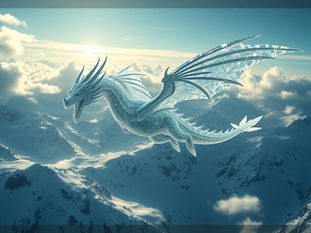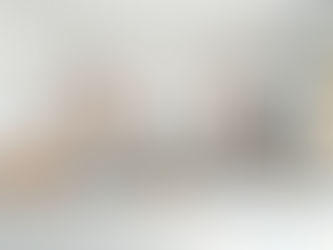
Creating Professional Shots for Your Products in Midjourney V6
Apr 30
4 min read
0
83
1

Want to get great photos of your product without hiring a photographer? Midjourney V6 can help. You can create photo-realistic images using your own product photos. This guide shows you how to do it easily.
Two Ways to Make Product Photos
There are two main methods in Midjourney V6 to turn your product images into professional-looking photos:
The standard Image to Image method.
The Blend method.
Let's look at how each method works and which one is best for product photos.
Method 1: Image to Image (The Standard Approach)
This is often the most direct way to use your image as a starting point. Here is how it works:
First, upload your product image to Midjourney. You can do this by clicking the plus (+) button in the chat and selecting your file.
Once uploaded, type `/imagine` in the message bar.
Drag or copy the link of your uploaded product image and paste it right at the beginning of your prompt.
After the image link, add a space and then write your text prompt. This is where you describe how you want the final photo to look. Include details about:
The setting or background (e.g., salon, beach, cafe).
The lighting (e.g., bright lighting, natural lighting, warm lighting).
The display method (e.g., on a podium).
The type of shot (e.g., close up, full body).
Any other specific details you want.
Press Enter and let Midjourney generate the images.
Seeing Image to Image in Action
Let's look at a few examples using this method:
Nail Polish: You upload a photo of nail polish. Your prompt might include "modern podium design with a salon background, close up shot with bright lighting." Midjourney creates several variations showing the nail polish bottle in that setting. The results often capture the color and design well with a suitable background.
Sunglasses: Upload sunglasses. Use a prompt like "Sleek podium design with a beach setting as a background, close up shot with natural lighting." The results can look very professional, as if taken with a good camera, placing your product within the scene you described.
Coffee Beans: Upload a coffee bag. A prompt focusing on "rustic podium design with a cafe setting, close up with warm lighting" can yield images with a cafe vibe and focus on the product's texture. One thing to note: Midjourney might change the branding or text on the product in the generated image, which might require small photo editing later.
T-shirt on a Model: Upload a t-shirt photo. To put it on a person, your prompt needs to clearly state you want a model wearing the shirt, perhaps asking for a "full body shot with natural lighting to show the model wearing the t-shirt." This can give you images of your clothing on a person easily.
The Image to Image method is highly effective for keeping your specific product central to the resulting picture. It helps Midjourney use your original image as a strong reference point.
To make this process even faster and handle many product shots at once, consider using an automation tool. The Midjourney Automation Suite from TitanXT can streamline generation based on your product images and prompts.
Method 2: The Blend Method
The Blend method is designed to mix concepts from two or more images. For product photography, you might think you can blend your product image with a background image you create. Here's how you might try it:
First, use a text prompt to generate just the *background* or scene you want (e.g., just the beach setting without any product).
Once you have a background image you like, upscale and save it.
Use the `/blend` command.
Upload your original product image AND the saved background image.
Press Enter.
Comparing Blend and Image to Image
While the blend method sounds useful for combining your product with a background, tests show it's often less accurate for placing your *specific* product image into the scene. The resulting product might look different from your original photo.
For creating images where your actual product needs to be the main focus and look like the real item, the Image to Image method works much better based on testing.
Generating many variations and testing different prompts can be time-consuming. Automate your workflow by checking out the Midjourney Automation Suite from TitanXT. It helps manage prompts and generations for multiple images.
Conclusion
Midjourney V6 offers great ways to create realistic, professional product photos using your existing product images. While the Blend method exists, the standard Image to Image method proves to be the most reliable way to ensure your specific product is featured accurately within the generated photo scene.
By uploading your product image and using clear, detailed text prompts, you can direct Midjourney to create the exact settings and lighting you need, giving you high-quality images perfect for online stores, social media, or marketing.
Want to produce high-volume product photos efficiently? Explore the automation possibilities with the Midjourney Automation Suite from TitanXT and save time on your creative projects.







It's fantastic to see a clear breakdown of using Midjourney V6's Image to Image and Blend methods for professional product shots. The ability to achieve photo-realistic results without a traditional photographer is a game-changer for many small businesses. What I've found particularly interesting, and sometimes challenging, is fine-tuning the prompts to maintain brand consistency across a range of products, especially when experimenting with different lighting or stylistic variations within Midjourney. This often brings up the broader discussion of how to truly master the art of prompt engineering and leverage AI for more than just photorealism, but also for unique artistic interpretations or conceptual designs. For anyone looking to dive deeper into the full spectrum of creative possibilities with AI, including advanced prompting and diverse artistic styles, you might find some excellent resources on mastering AI drawing techniques.